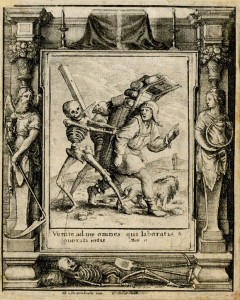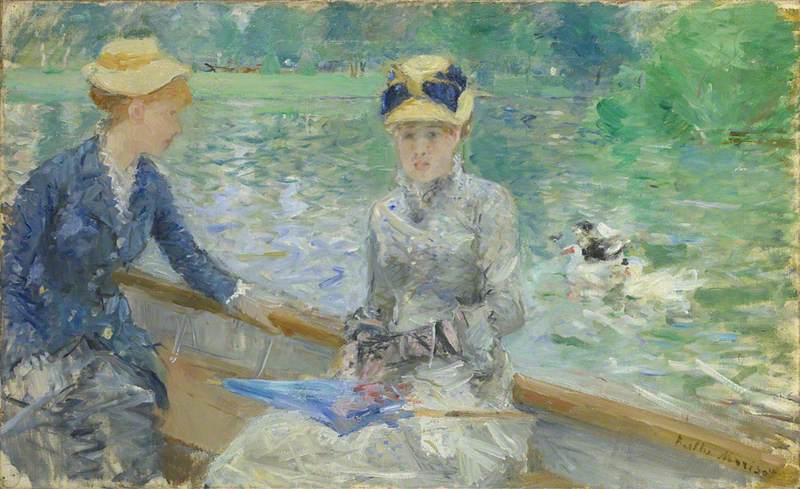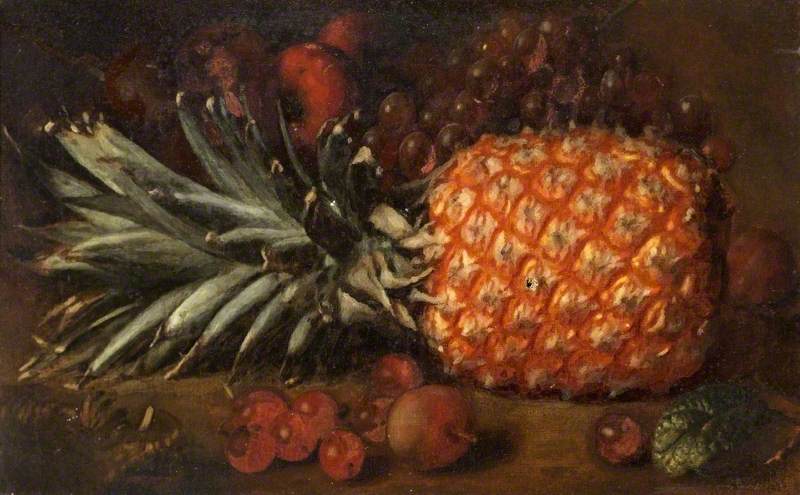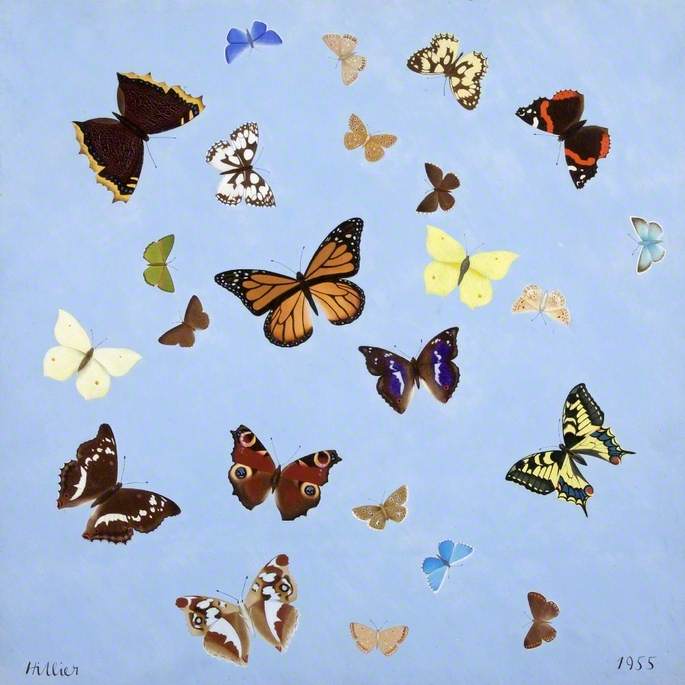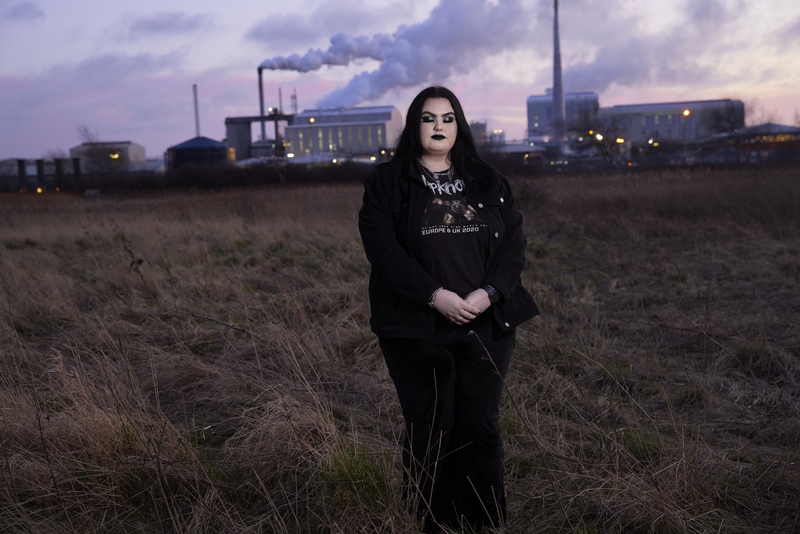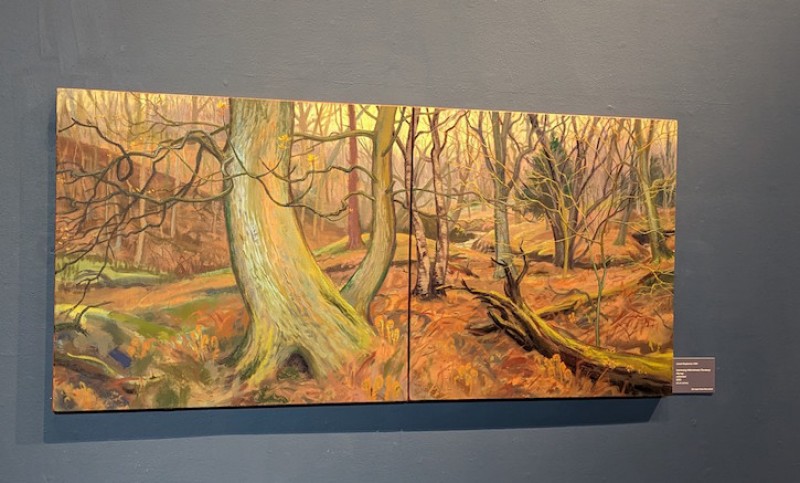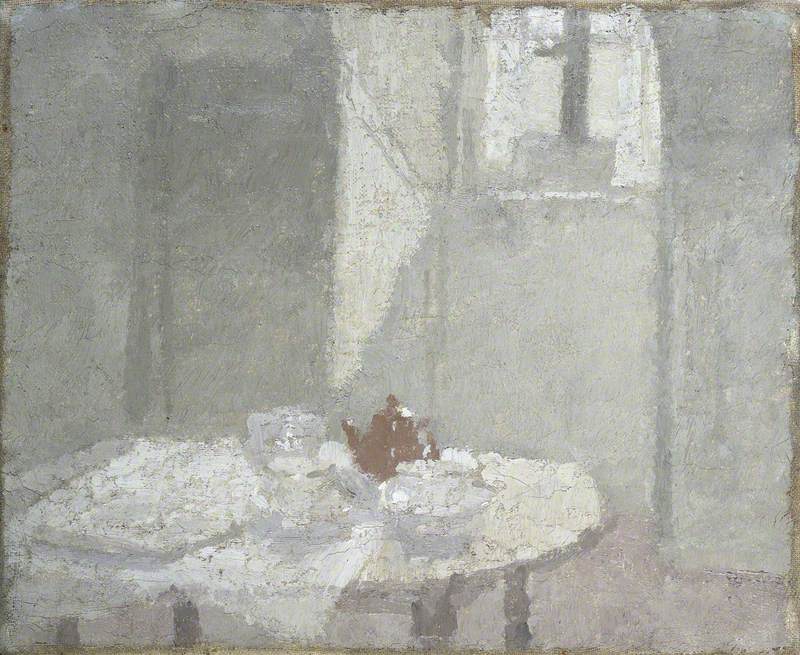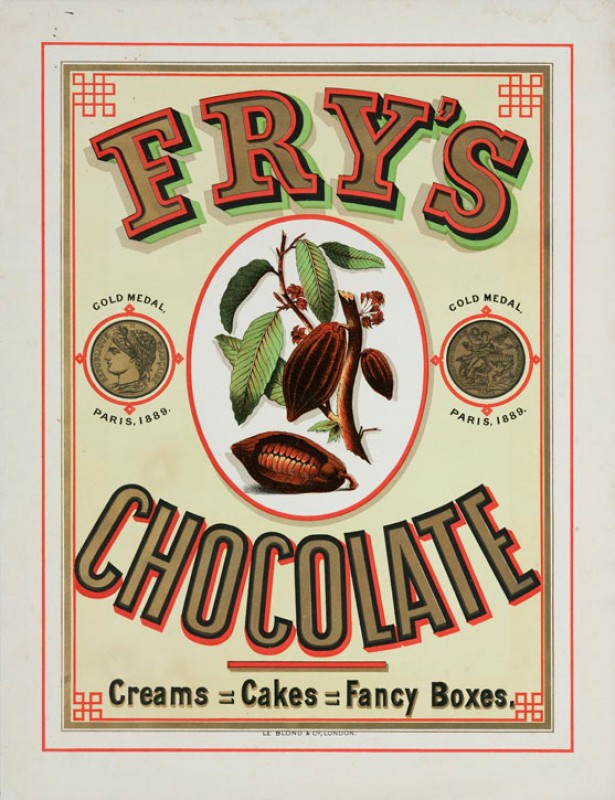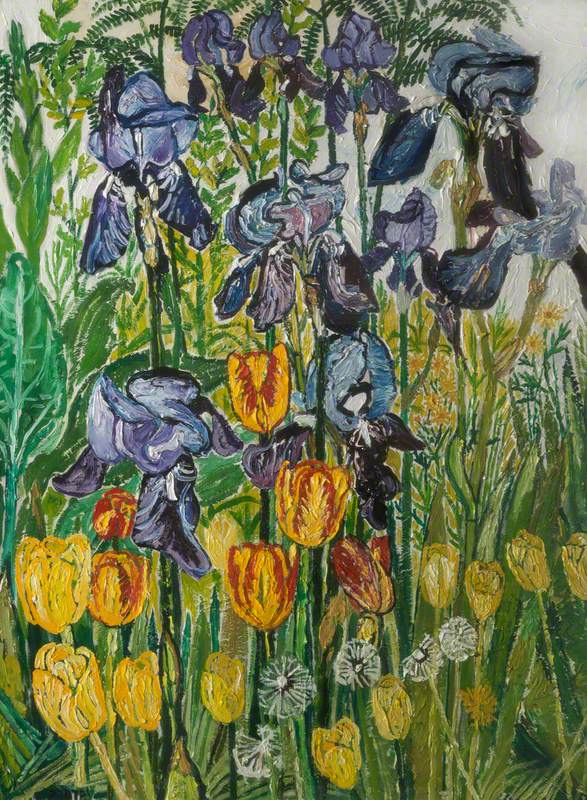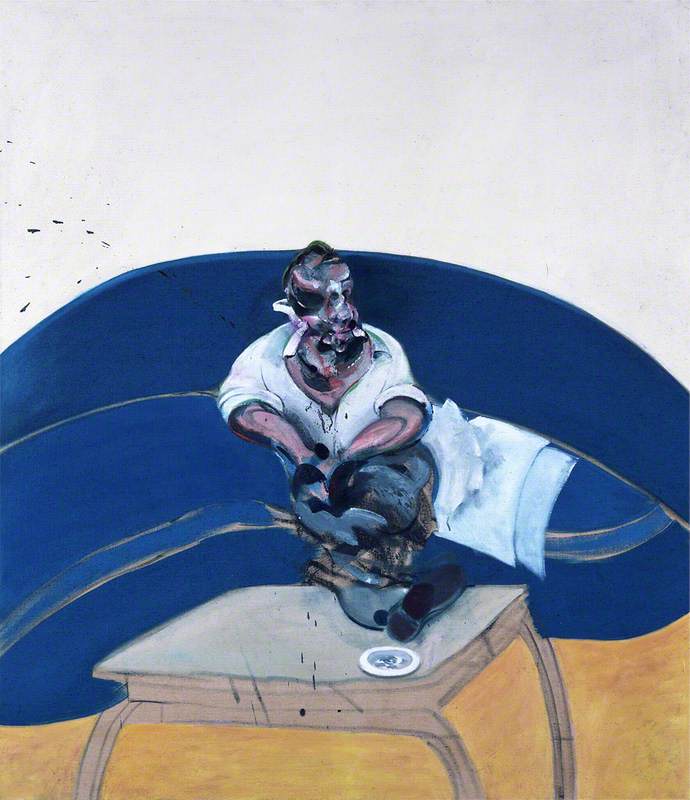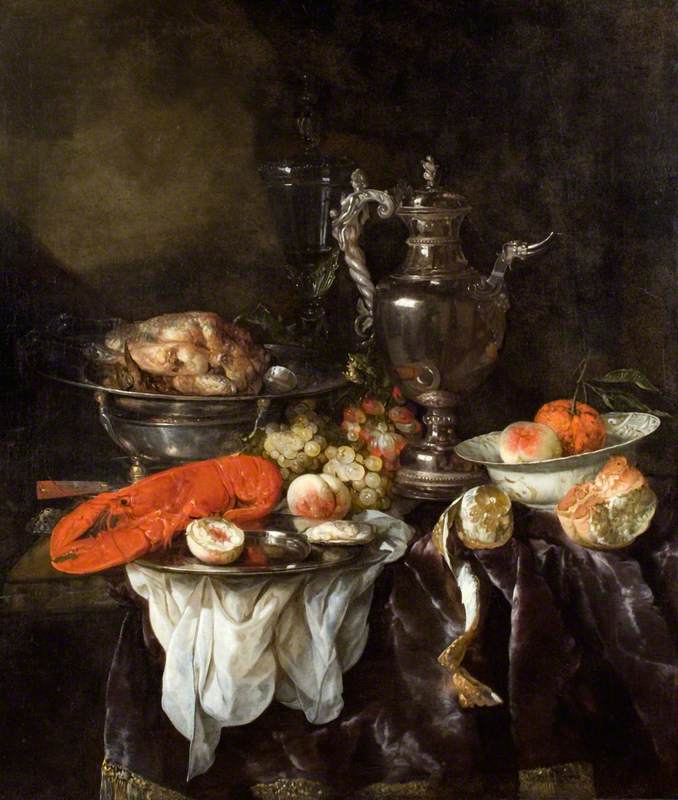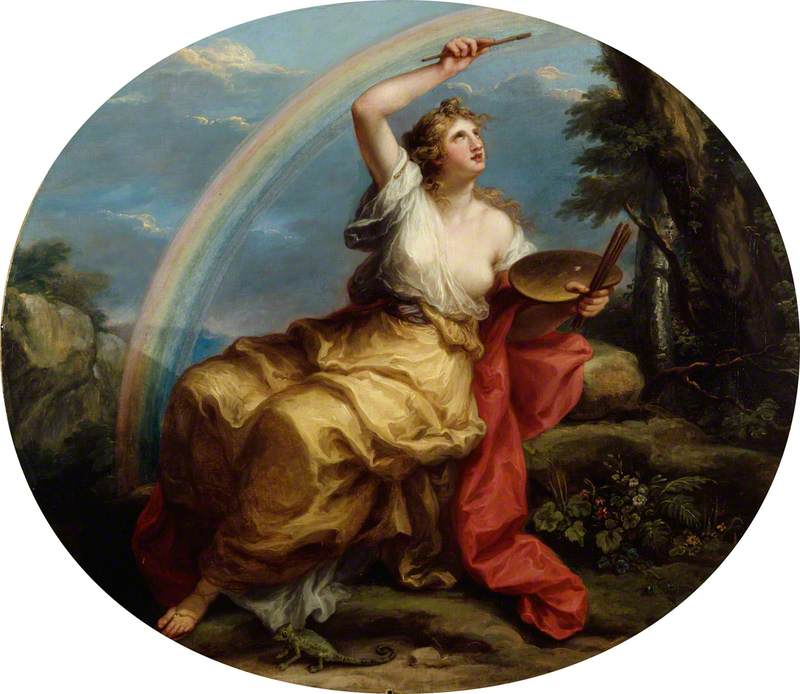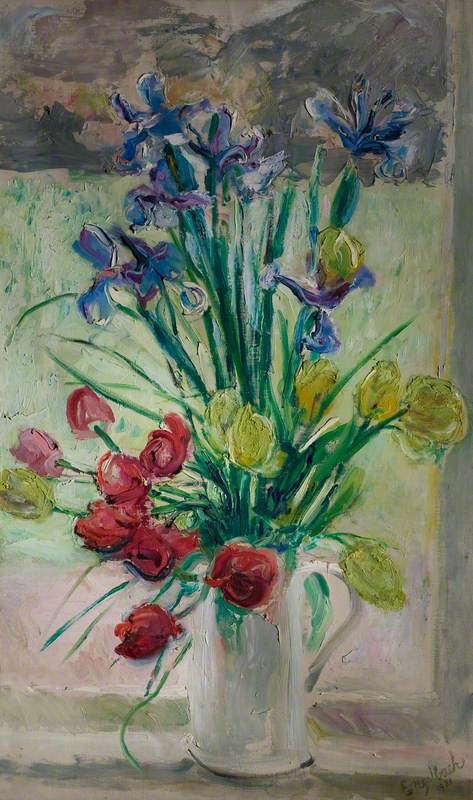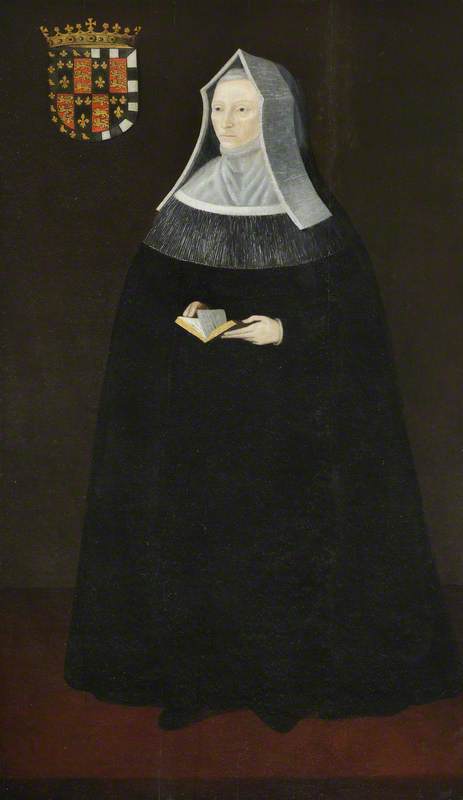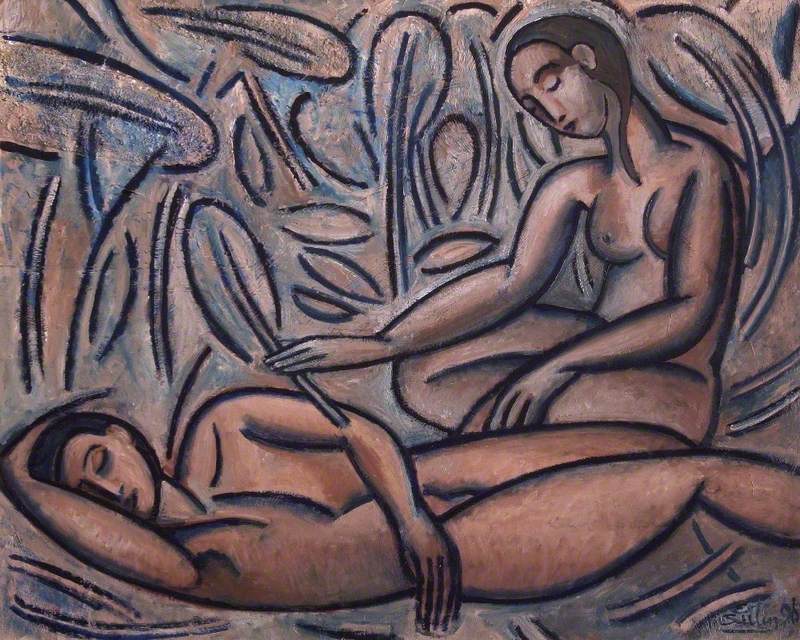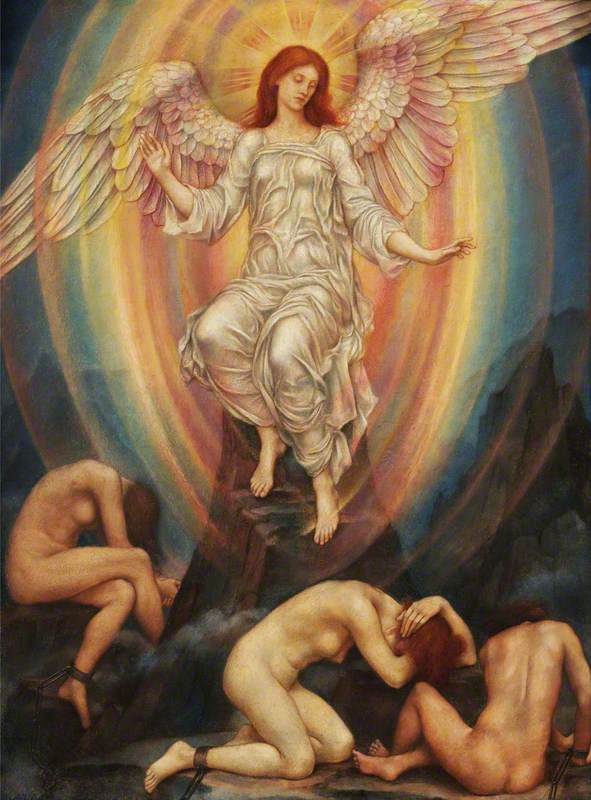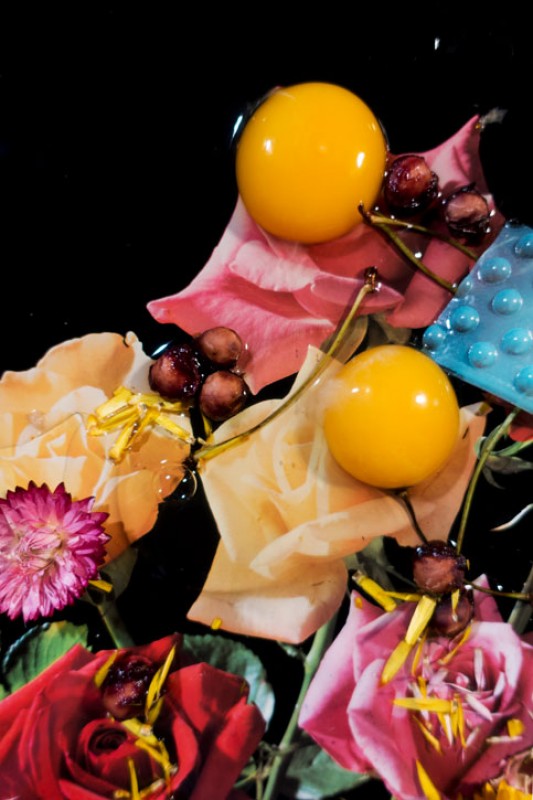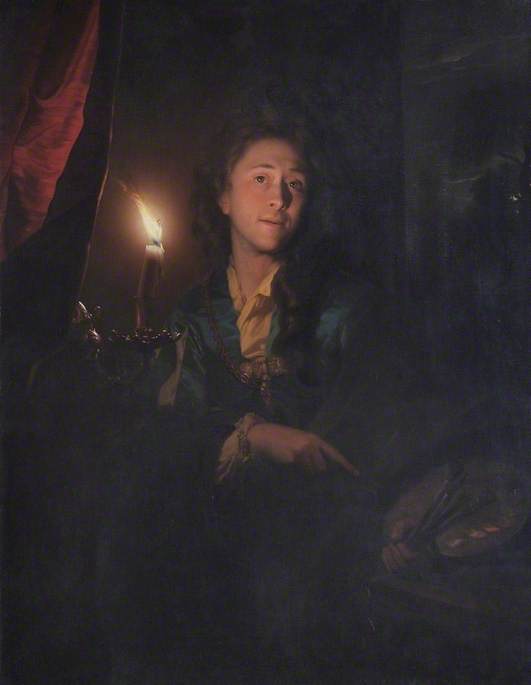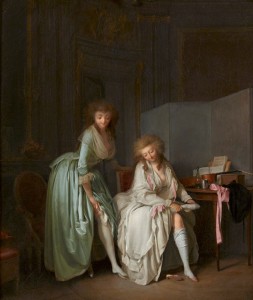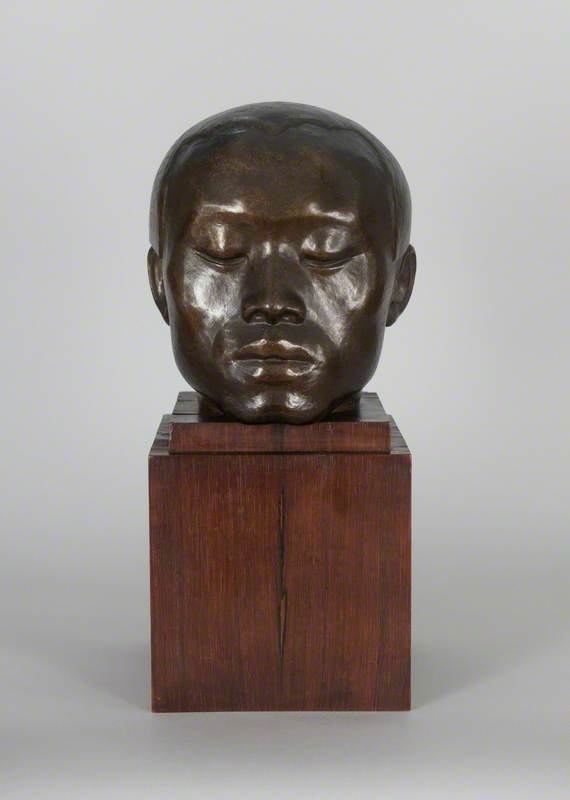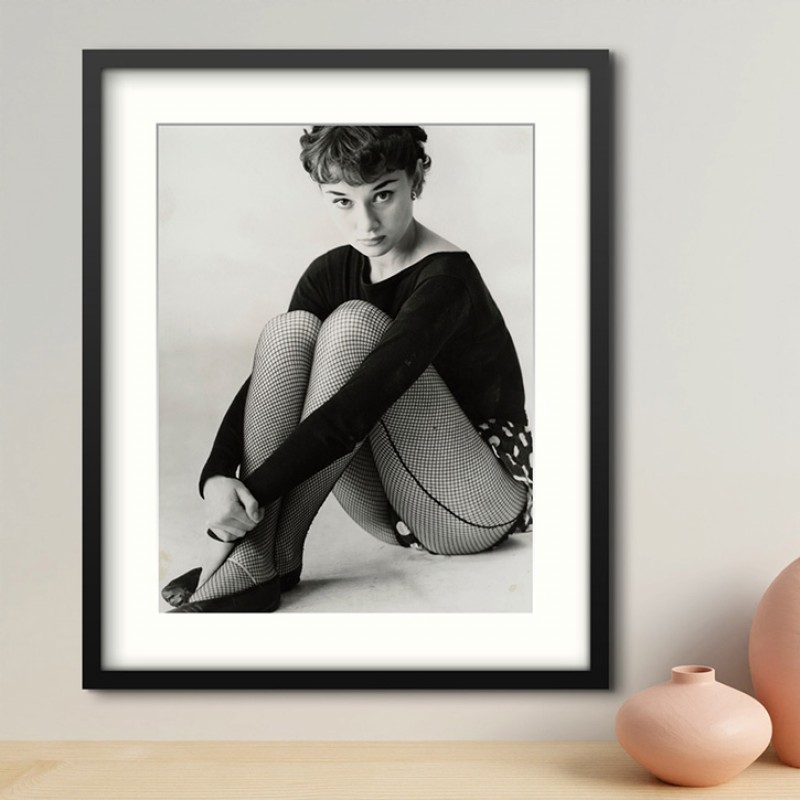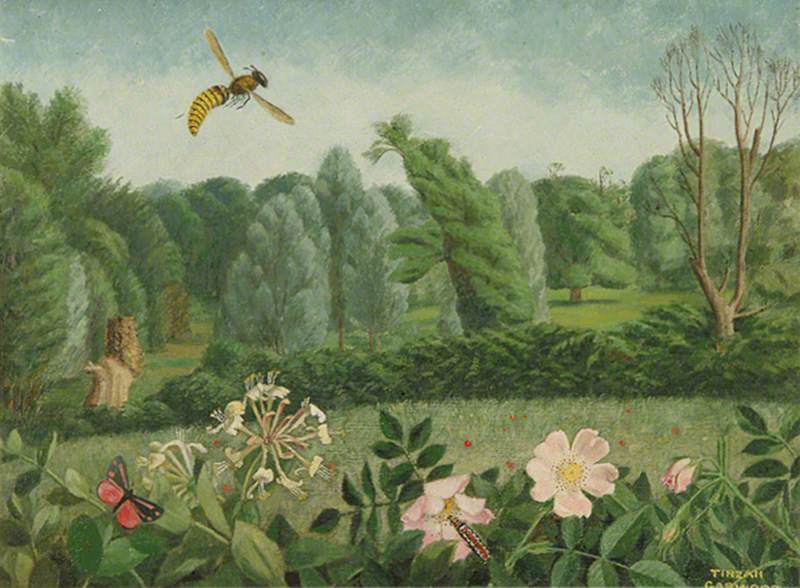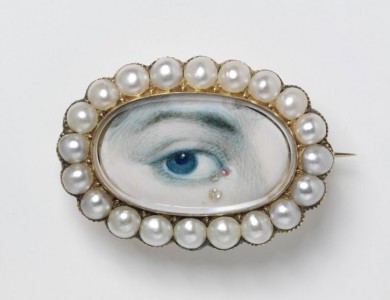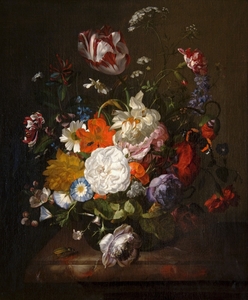Eleanor Roosevelt is reported to have said 'I once had a rose named after me and I was very flattered. But I was not pleased to read the description in the catalogue: no good in a bed, but fine up against a wall.'
Many famous people have been honoured with having roses named after them. Elizabeth Taylor, Claude Monet, Caesar, Leonardo da Vinci and Ingrid Bergman. Princess Diana has two.
The Virgin and Child in a Cartouche decorated with Flowers
Jacob Jordaens (1593–1678) (studio of) 
Looking back into history, there is a strong tradition of associating the Virgin Mary with the white rose. Before the Fall, roses in the Garden of Eden were supposedly thornless. The thorns only appeared with original sin. The Virgin Mary, who conceived Jesus without sin, is often referred to as a 'rose without thorns'. Entirely pure.
In contrast to the white rose is the red rose that is associated with her son, Jesus. Red like the blood that he shed for our sins.
It has been said that his thorny crown was made of a twisted stalk of a rose, henceforth the symbol of passion and religious devotion, representing both life and its transience.
The rose in Christian mythology, to a degree, is an adaptation of the much older pagan myths where the rose is associated with Aphrodite.
The association of the rose as a flower of lust, love, and beauty is, it seems, as ancient as history.
To hold the rose close is to harness the symbolic power of the Church and God.
Plucking the Red and White Roses in the Old Temple Gardens
1910
Henry Albert Payne (1868–1940) 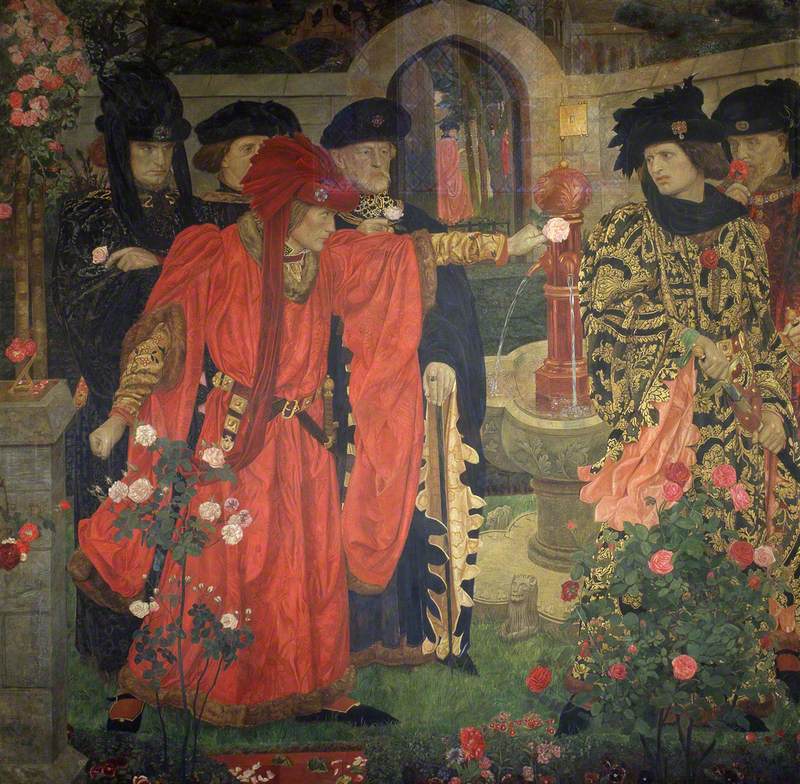
The House of Lancaster and the House of York understood this when they chose roses as symbols – the former adopting the red rose, the latter the white rose.
It was not until 1829 when Sir Walter Scott coined the term the 'Wars of the Roses' that it was actually referred to as such. But, between 1455 and 1485, if you were in the possession of a white or red rose, everyone knew where your allegiance lay.
Elizabeth of York (1466–1503), Queen Consort of Henry VII
16th C
British (English) School 
In 1485, Henry VII took the crown after the defeat of Richard III in battle. A Tudor (and a Lancastrian) Henry sought to seize the opportunity to unify the nation once and for all and stop the constant warring. He married Elizabeth of York, and recognising the importance of the floral symbol, created the Tudor Rose, five white petals in the centre for York surrounded by five red petals for Lancaster. The Tudor Rose would become an enduring symbol of England.
And so, we have the English Rose, fair and natural, always just, both Virgin and Christ unified. It pops up in art, carved into buildings, and sewn into royal outfits. Between 1982 and 2008, if you pulled out your wallet, you would have seen the Tudor Rose proudly embossed on the reverse of the 20 pence coin.
It was around this time that the Tudors perpetuated the Roman custom of hanging a rose overhead in a meeting room (or a painting or carving of a rose) to indicate confidentiality. What is said here, stays here. We still today use the term sub rosa which, like the Chatham House Rule, denotes secrecy.
Artists too have long depicted the rose, harnessing its associative power to add meaning to their work. Add a rose to a painting and it becomes more religious, more pious, more loving. Each flower has its own connotation so an artist has a plethora of options and, as a result, can be really specific in what message they are trying to convey to their audience. Animals too are awarded significance though usually of a more anthropomorphic nature. These tools are available to artists as props in paintings to create context.
In 1667, the art-theoretician André Félibien, Secretary to the French Academy, wrote a hierarchy of painting genres that would remain unchanged well into the nineteenth century. The hierarchy stated that history painting was the grandest and most honourable, followed by portraiture, genre painting (scenes of life), then landscape, followed by animals and, ranking lowest, still life painting. The reason? This was a period when idealism was revered over realism. To paint nature was mere decoration, pleasing to the eye but with little to stimulate the mind.
However, there were a few painters who tackled still life painting to great repute. One was Flemish artist Jan Brueghel the elder.
A close friend of Rubens, with whom he on occasion collaborated on paintings, Brueghel created jaw-dropping bouquets, often on copper grounds, which were elaborate and unbelievably intricate. The flowers in his arrangements rarely overlap, and the blooms are from different seasons making a cacophony of colour impossible to assemble in reality.
Another of the great still life painters was Jan van Huysum (who was also Flemish). His flowers were so lifelike that he was nicknamed the 'Phoenix of Flower Painters' for having revived this art form (although his father Justus was also a flower painter). His compositions are wilder than Brueghel's. The flowers ruffle across light grounds with architectural details peeping through the stalks and stems.
A third Dutch flower artist of note is Rachel Ruysch. With Van Huysum, she was the most celebrated exponent of flower painting in the late seventeenth and early eighteenth centuries. Her incredibly detailed bouquets are painted in delicate colours. She is one of only eight female artists whose work hangs in London's National Gallery.
In each of these cases, flowers are not just a prop or symbol but are the central object of the painting. Being erudite artists informed of religious motifs and aspirations, coupled with ambitions for accurate scientific depiction, these works are no less religious than those of saints or biblical scenes. Not mere depictions of nature, they denote vanitas – the fleetingness of life, the fading of beauty and the inevitability of death. To achieve such realism is to celebrate the revelation of God in nature. More often than not, the rose was used to anchor these compositions.
The split of art and science came to the fore with the invention of photosensitive substances in the early nineteenth century. No longer did scientists have to rely on botanical drawings, imbued with artistic interpretations. Likewise, flower photography was incompatible with artistic needs as they rarely captured perfection but exposed the flaws in nature such as browning petals or broken stems.
The symbol of the rose endured and was still much used in nineteenth- and twentieth-century art. For example, in his painting of Ophelia in 1851, John Everett Millais placed a red rose next to her upward facing palm in the water to denote her love and impending death.
As photographic technology improved in the twentieth century, Robert Mapplethorpe would find a way to photograph roses in an alluring, sensual fashion.
As art shifted to the twenty-first century, the use of symbolism as a whole in art faded into abstraction and modernism.
Though not as abundantly used anymore, our understanding of the rose has changed little over time. It is still the flower of choice for lovers eager to express passion and is still found in places of worship as a devotional flower to the divine.
An exhibition that was supposed to open in Waddesdon Manor at the end of March 2020 (now postponed due to the coronavirus restrictions) of fashion photographer Nick Knight – 'Roses from my Garden' – is a reminder of the enduring beauty and power of the rose.
Sunday 25th June 2017
2017, hand-coated pigment print by Nick Knight (b.1958) 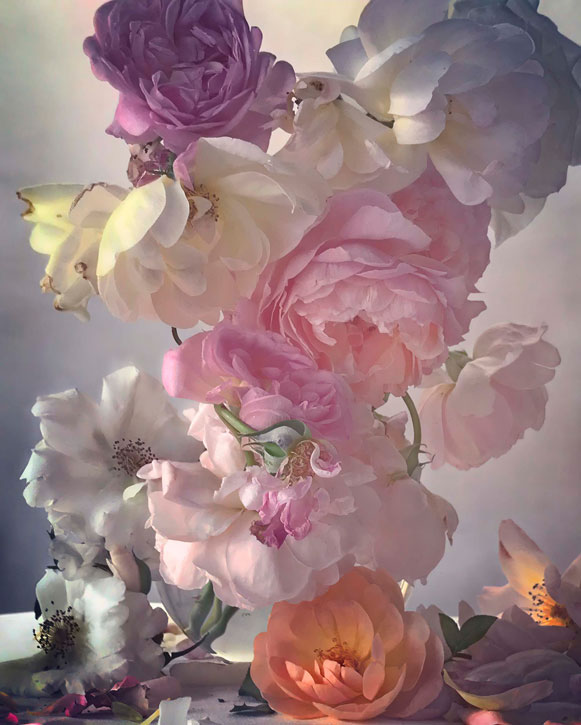
These large-scale prints arranged in the Coach House Gallery are luminously beautiful, if not slightly kitsch, and seem totally out of this world. Beholding them, I wonder if my reaction mirrors that of the audiences of Jan Brueghel, Rachel Ruysch or Jan van Huysum. They are seductive with an impossible, unearthly quality.
Friday 8th June 2018
2018, hand-coated pigment print by Nick Knight (b.1958) 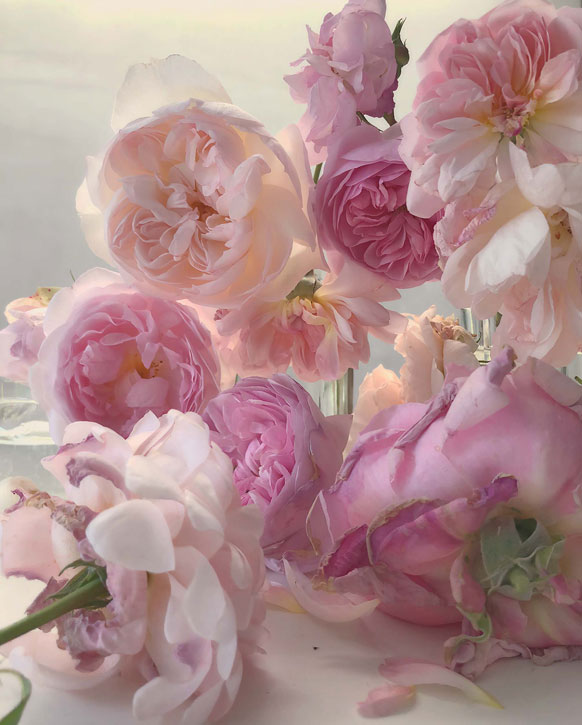
This flower series is a far cry from Knight's previous horticultural work Flora, published in 1997 as a response to the botanical collection at the Natural History Museum. Where these images look more like scientific illustrations, arranged flush on a white ground as though pressed on a photocopier, the new body of work boasts entirely different aesthetic. There is nothing clinical about them. They are romantic roses, colourful in the full spectrum of the sunset.
Knight photographed the roses from his own garden (as the exhibition title suggests) using natural light and an iPhone, and processed them through a virtual reality algorithm that infills the space between the pixels. At first glance, they look as though they might have been painted in a historical tradition but on closer analysis, one is left questioning what is real. The surface is entirely new. Devoid of all brushstrokes or photographic grain, all one can see is an ethereal plane with those big, beautiful roses. They are cutting-edge technology.
The rose lives on.
Maya Binkin, founder of The Art Pilgrim
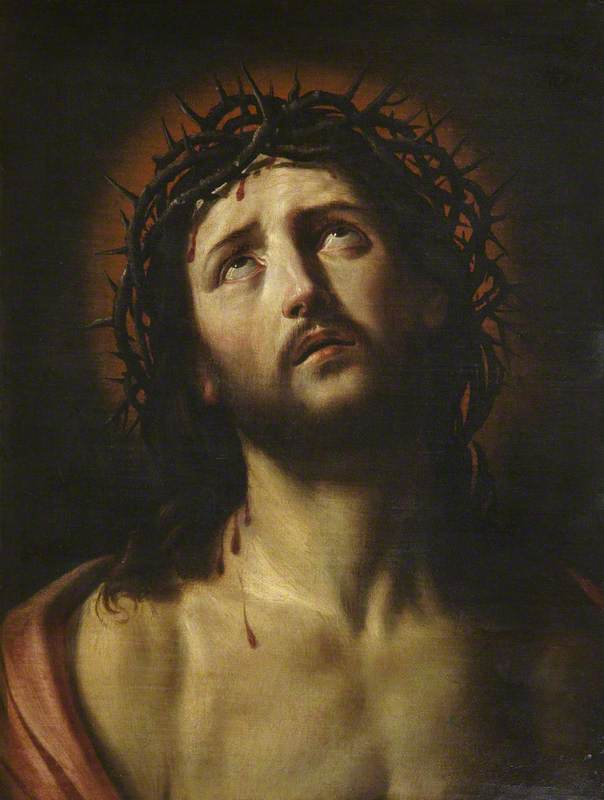
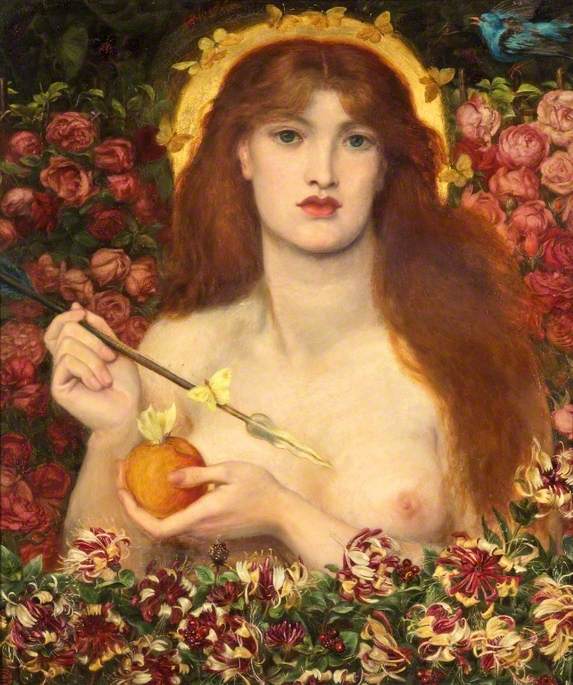
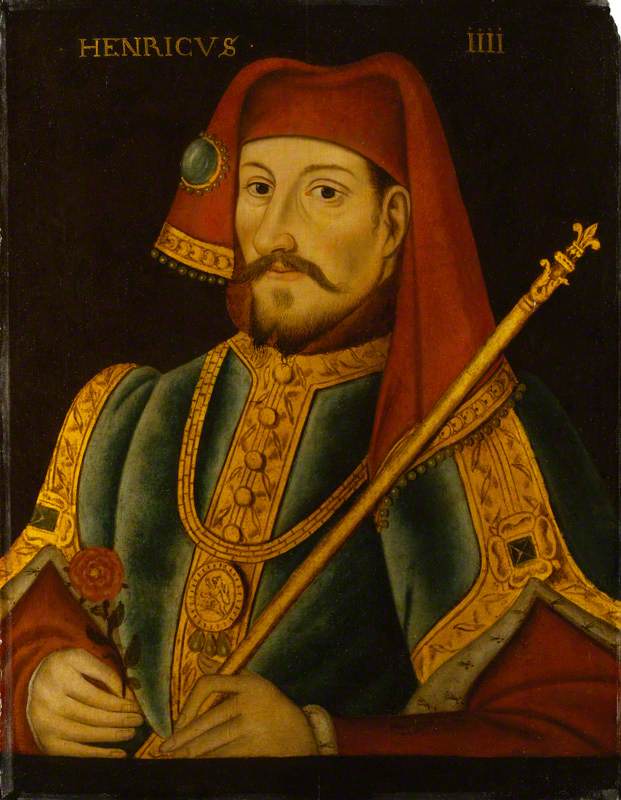
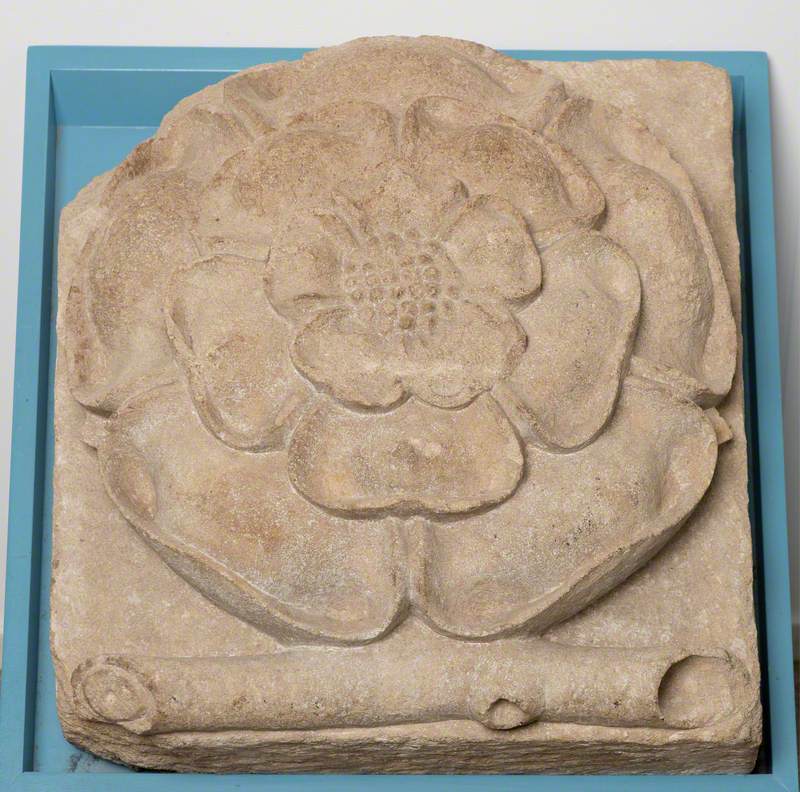
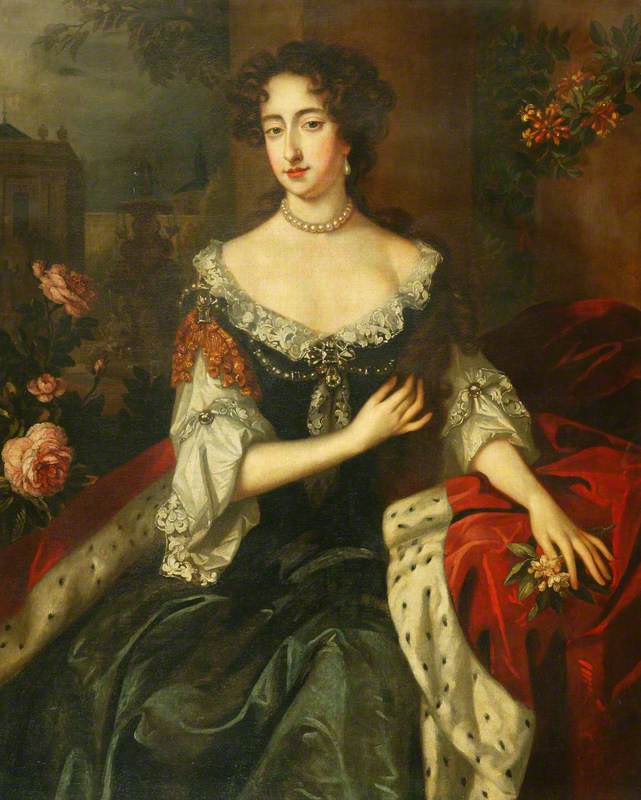
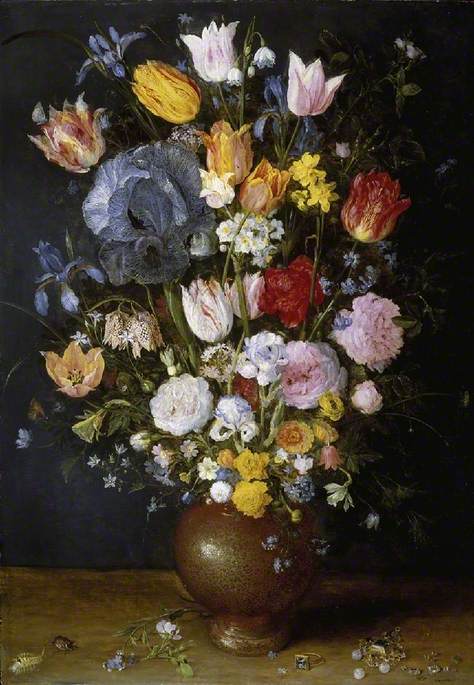
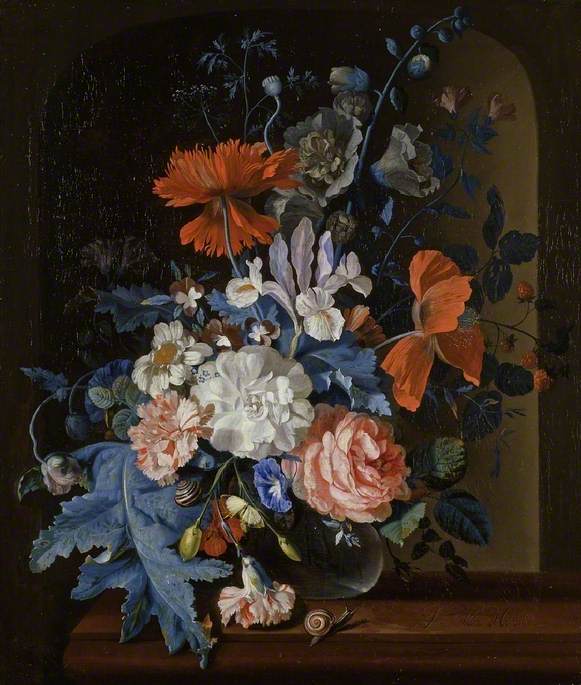

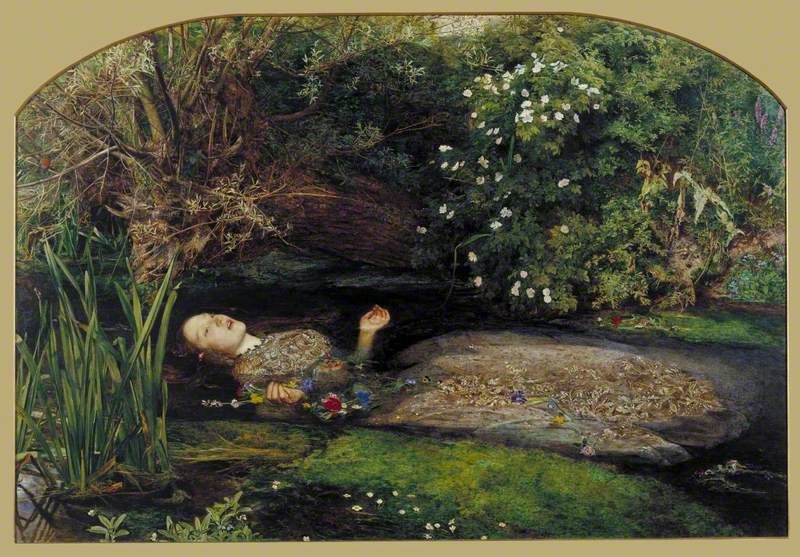
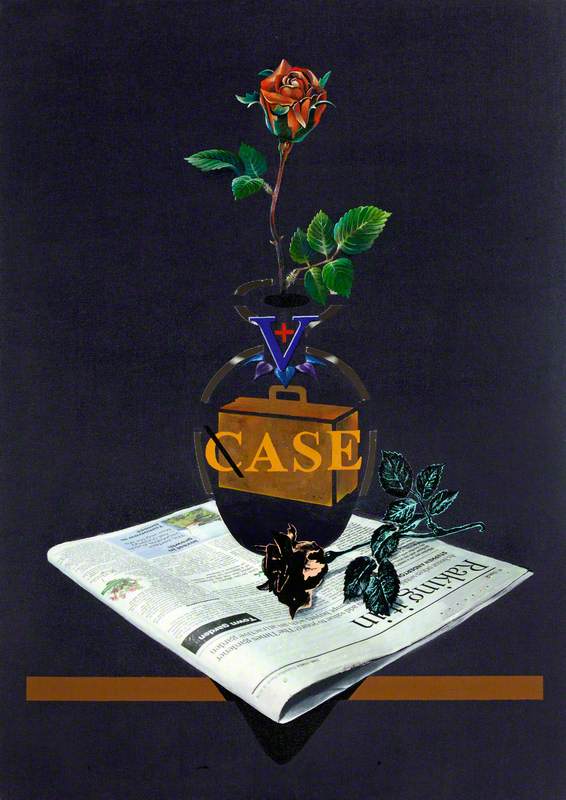
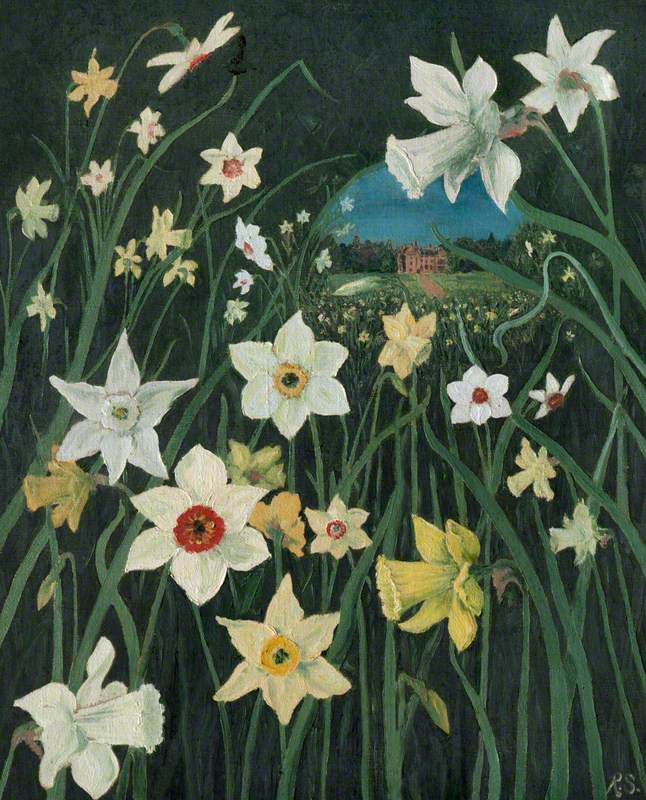

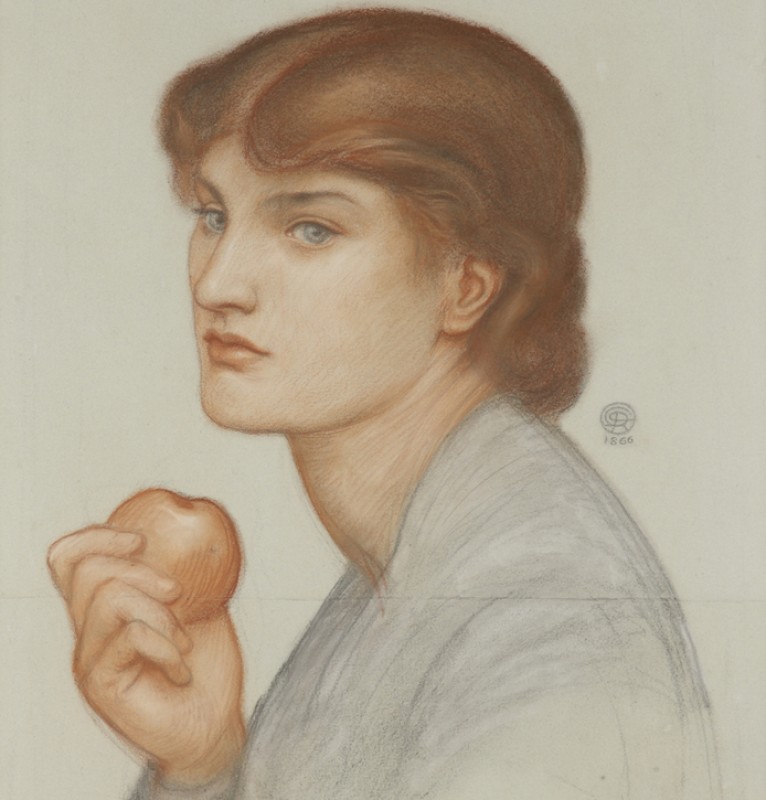
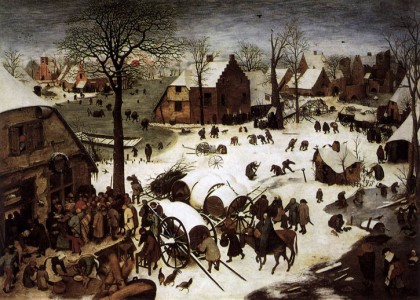


!['Phoebe Boswell: A Tree Says [In These Boughs The World Rustles]' at Orleans House Gallery](https://d3d00swyhr67nd.cloudfront.net/w800h800/artuk_stories/boswell753x1000-edited-thumb-1.jpg)
